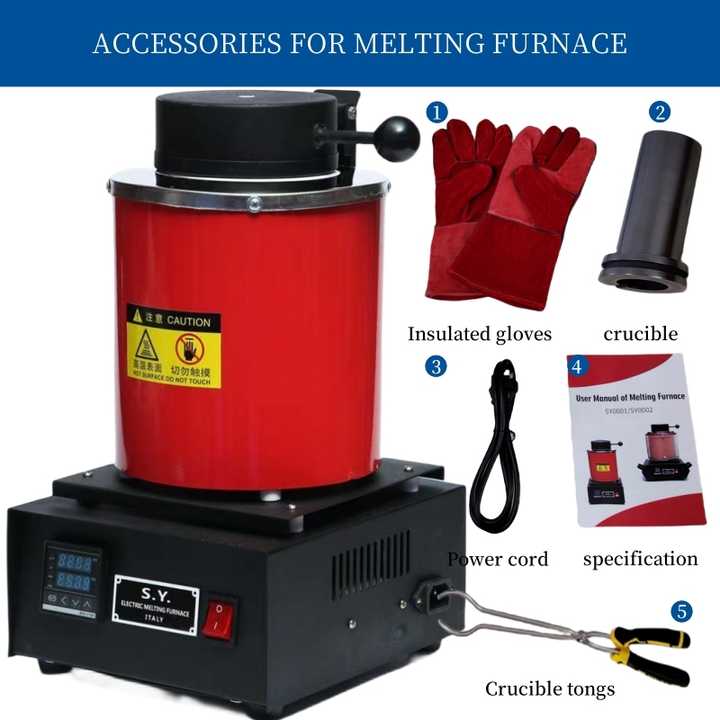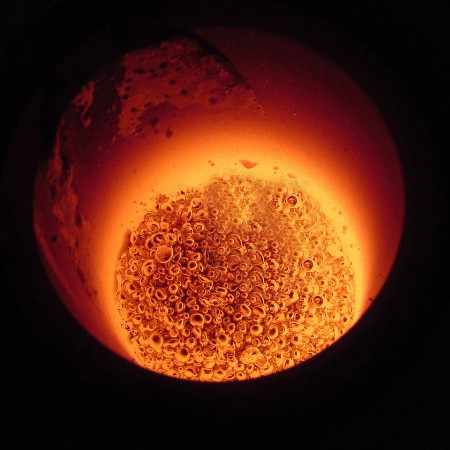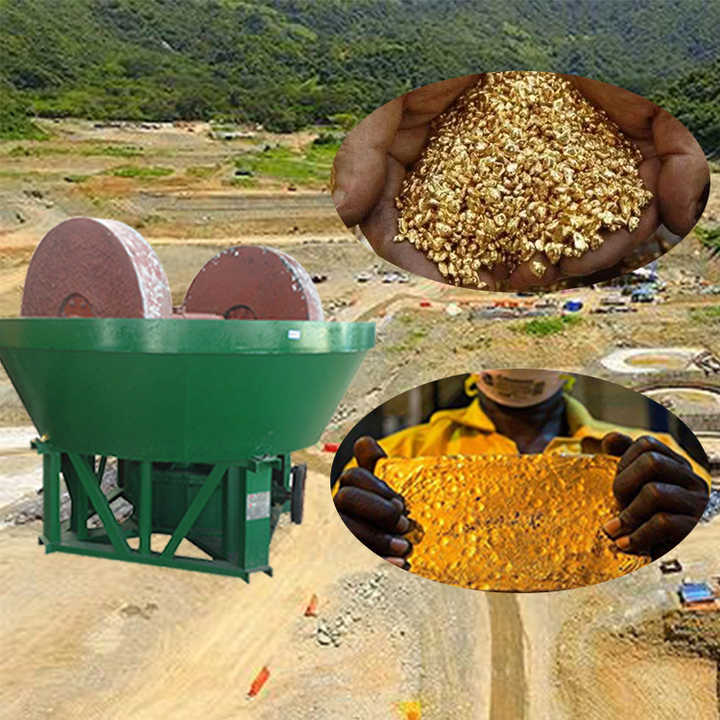coconut shell activated carbon for smelting gold
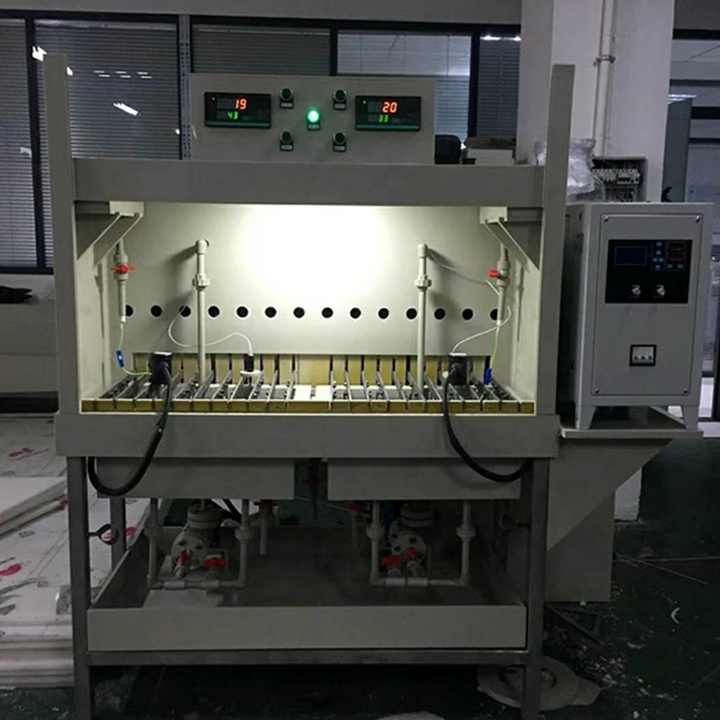
Coconut Shell Activated Carbon for Smelting Gold
In the world of gold extraction and smelting, various materials and techniques are used to refine and purify gold. One such essential material is coconut shell activated carbon, a powerful adsorbent that plays a crucial role in the gold recovery process. Known for its high surface area and microporous structure, coconut shell activated carbon is widely used in gold smelting operations to optimize recovery and enhance efficiency. This article will explore the properties, benefits, and applications of coconut shell activated carbon in smelting gold.
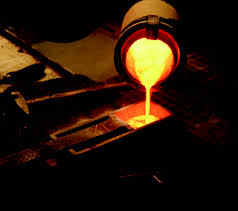
What is Coconut Shell Activated Carbon?
Activated carbon is a highly porous material used for adsorption in various industrial processes. It is commonly produced from raw materials like coal, wood, and coconut shells. Coconut shell activated carbon, in particular, is derived from the carbonization of coconut shells, which are heated at high temperatures in the absence of oxygen. The process results in a carbon-rich material with a vast network of pores that provide a large surface area for adsorption.
Due to its unique structure, coconut shell activated carbon is highly effective in capturing and retaining small particles, making it ideal for use in gold smelting and recovery.
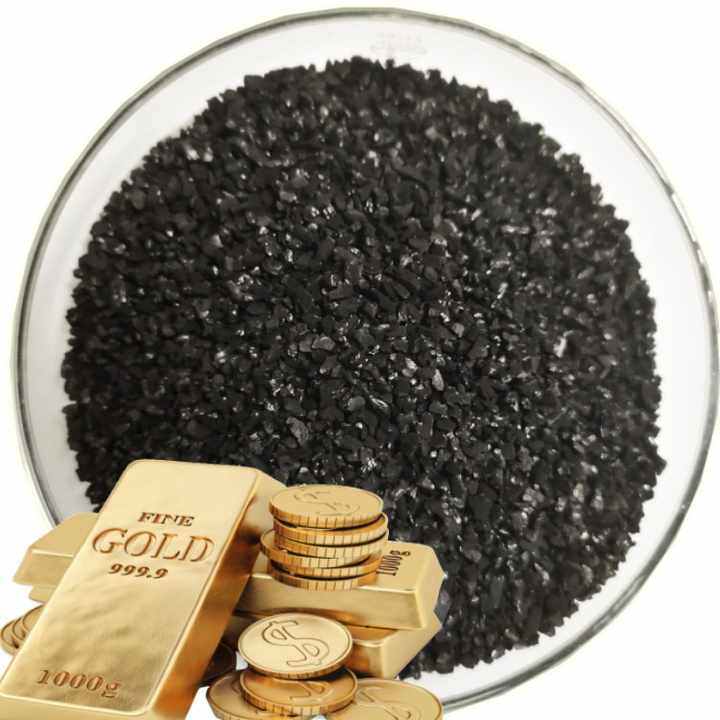
The Role of Coconut Shell Activated Carbon in Gold Smelting
During the gold smelting process, one of the critical challenges is efficiently recovering gold from ore or gold-bearing materials. This is where coconut shell activated carbon comes into play. In gold recovery, activated carbon is commonly used in the carbon-in-pulp (CIP) and carbon-in-leach (CIL) processes. These methods involve adsorbing dissolved gold from cyanide leach solutions onto the carbon.
Here’s how coconut shell activated carbon is utilized in the gold smelting process:
1. Gold Adsorption
When gold is leached from the ore using a cyanide solution, the resulting solution contains dissolved gold. Coconut shell activated carbon is added to this solution, where it adsorbs the gold particles from the liquid. The high surface area of the carbon allows for maximum adsorption, resulting in an efficient capture of gold.
2. Recovery of Gold
Once the carbon has adsorbed a significant amount of gold, it is separated from the slurry. The carbon is then processed to extract the adsorbed gold. This is typically done using a process called desorption, in which the gold is washed off the carbon using high-temperature and high-pressure solutions. The recovered gold is then further refined through smelting.
3. Reusability
Another advantage of coconut shell activated carbon is its reusability. After the gold has been extracted from the carbon, the carbon can be reactivated and reused in the process, making it a cost-effective solution for gold recovery in smelting operations.
Benefits of Using Coconut Shell Activated Carbon for Gold Smelting
Several factors make coconut shell activated carbon the preferred choice for gold smelting and recovery:
1. High Adsorptive Capacity
Coconut shell activated carbon has an excellent ability to adsorb gold from cyanide solutions. Its microporous structure and high surface area allow for the efficient adsorption of gold particles, making it highly effective in gold recovery operations.
2. Durability and Hardness
One of the key advantages of coconut shell activated carbon is its durability. It is known for its hardness and resistance to attrition, meaning it does not break down easily during the adsorption and recovery processes. This reduces losses and ensures long-term effectiveness.
3. Low Ash Content
Compared to other forms of activated carbon, coconut shell activated carbon has a lower ash content. A lower ash content results in better gold adsorption capacity, improving the overall efficiency of the smelting process.
4. Environmental Sustainability
Coconut shell activated carbon is an environmentally friendly product because it is derived from renewable resources. Coconut shells are a byproduct of the coconut industry, and using them to create activated carbon reduces waste and promotes sustainability in gold recovery operations.
Applications of Coconut Shell Activated Carbon in Gold Smelting
The use of coconut shell activated carbon in gold smelting extends beyond just adsorption. Here are a few key applications:
- Cyanide Leaching Processes: Activated carbon is primarily used in the CIP and CIL methods, where it adsorbs dissolved gold from cyanide leach solutions.
- Heap Leaching: In heap leaching, crushed ore is piled on top of a leach pad, and cyanide solution is applied to extract gold. Activated carbon is then used to recover the dissolved gold from the solution.
- Carbon-in-Column (CIC): In this process, activated carbon is used in columns to recover gold from a leach solution. The gold-laden carbon is then processed to recover the gold.
Coconut shell activated carbon is an essential material in the gold smelting and refining industry. Its unique properties, including high adsorptive capacity, durability, and low ash content, make it an ideal choice for gold recovery processes. Whether used in CIP, CIL, or heap leaching operations, coconut shell activated carbon ensures efficient gold adsorption, leading to higher recovery rates and improved productivity in gold smelting plants.
Its environmentally friendly production and reusability further enhance its value, making it a sustainable and cost-effective solution for the gold industry. By using coconut shell activated carbon, gold smelters can optimize their processes and contribute to a more sustainable future in precious metal recovery.












